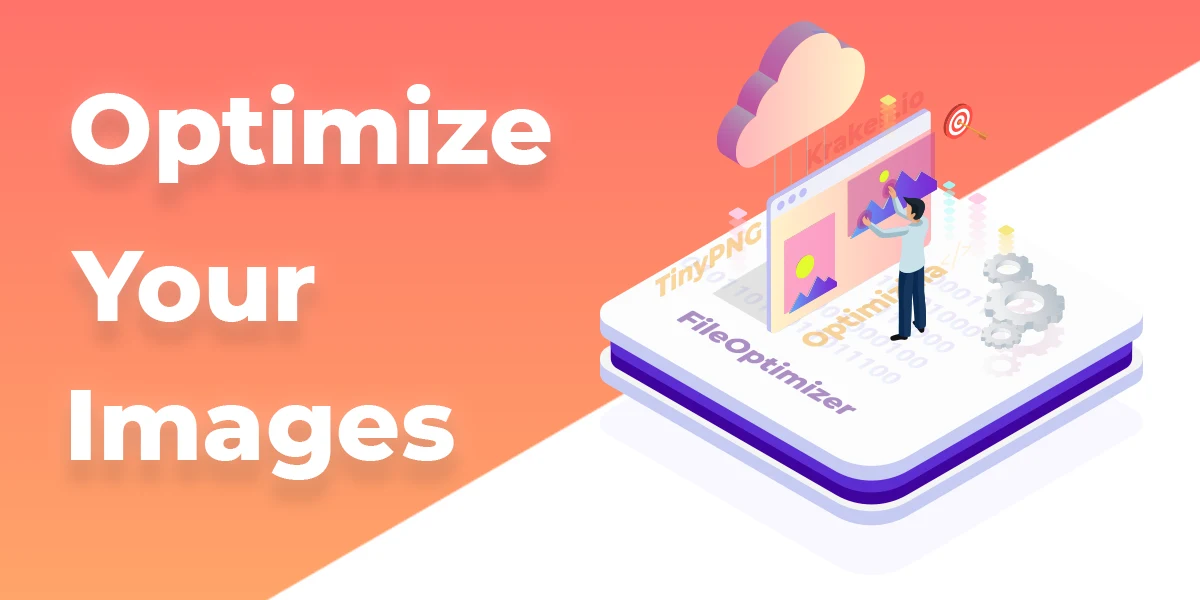Image Optimization and SEO Success
In today’s digital landscape, Image optimization is a key factor for SEO Success, images play a critical role in enhancing website appeal and user engagement. But beyond just aesthetics, well-optimized images can significantly improve your site’s SEO performance, helping you rank higher on search engine results pages (SERPs), attract more traffic, and create a smoother user experience. Here’s how image optimization can benefit your SEO and tips to make the most of your visuals.
Why Image Optimization Matters for SEO Success
Images account for a substantial part of a website’s content, but if they aren’t optimized, they can slow down page loading times and reduce user engagement. Optimized images, however, can contribute positively to your SEO Success by:
Improving Page Load Speed: Faster pages rank higher in search results, as search engines favor sites that load quickly. Large, uncompressed images are a common culprit for slow load times, so optimizing your images will improve your speed and ultimately it will help for SEO Success.
Increasing User Engagement: Images that load quickly and look sharp help retain visitors, increasing time spent on the page, reducing bounce rates, and signaling quality to search engines.
Enabling Image Search Discoverability: Optimized images with descriptive tags and file names can appear in image search results. This creating another pathway for traffic to your website.
Key Image Optimization Techniques for Better SEO
To reap these benefits, follow these best practices for image optimization:
Choose the Right File Format
For the best quality at a lower file size, use JPEG for complex images and photos, PNG for images that require transparency, and WebP for a balance of quality and compression. Each file type serves specific needs based on your image’s purpose and content.
Compress Images Without Losing Quality
Use image compression tools like TinyPNG, JPEG-Optimizer, or Adobe Photoshop to reduce file sizes without sacrificing quality. Smaller files speed up load times without detracting from the user experience.
Use Descriptive File Names and Alt Text
File names should include relevant keywords describing the image, as this helps search engines understand the image’s context. Alt text is equally important, as it improves accessibility and provides additional information to search engines about the image content. Avoid keyword stuffing and aim for concise, accurate descriptions.
Optimize Image Dimensions for Your Web Layout
Images should be resized to fit your website’s precise specifications. Avoid using larger images that the page will scale down, as this can slow down load times. Test your images across devices to ensure they are responsive and look good on screens of all sizes.
Leverage Lazy Loading for Better Performance
Lazy loading delays the loading of images until they’re about to enter the viewport, which improves initial load times and saves bandwidth. Lazy loading is particularly useful on pages with many images or a long scrolling format
Create an Image Sitemap
Google recommends creating a separate sitemap for images. This makes it easier for search engines to discover and index your images, boosting their chances of appearing in search results. Most SEO tools and plugins (e.g., Yoast SEO) have options to automatically create image sitemaps.
Advanced Image Optimization Tips for SEO Success
After you’ve mastered the fundamentals, think about these sophisticated methods:
Implement Structured Data for Images
Structured data can help search engines understand your images better, increasing the likelihood of your images appearing in rich search results. Schema markup for products, recipes, and events are examples of structured data that can enhance your images’ SEO value.
Use Vector Graphics Where Appropriate
For logos, icons, and graphics that don’t require a wide range of colors, SVG (Scalable Vector Graphics) is a format that scales without losing quality. SVGs are lightweight and maintain quality across different screen sizes, which can improve both aesthetics and performance.
A/B Test Image Impact on Conversion
Test different images to see which ones perform better in terms of user engagement, click-through rate, and conversions. Optimizing images for SEO is not only about search engines but also about how well they resonate with your audience.
The Payoff: SEO and Beyond
Effective image optimization can provide a host of benefits beyond SEO. You’ll enhance user experience, create a more accessible website, and ensure faster load times, all of which are critical for keeping visitors on your site and improving overall performance. With well optimized images, your site can rank higher in both web and image searches, drawing more qualified traffic and helping your content stand out.
In Summary
Image optimization is an essential part of SEO Success, that can yield significant gains in search visibility and user engagement. By focusing on file formats, compression, dimensions, and proper labeling, you can ensure your images work to enhance your SEO rather than hinder it. Start implementing these techniques today to create a faster, more user-friendly site that performs better on search engines.

